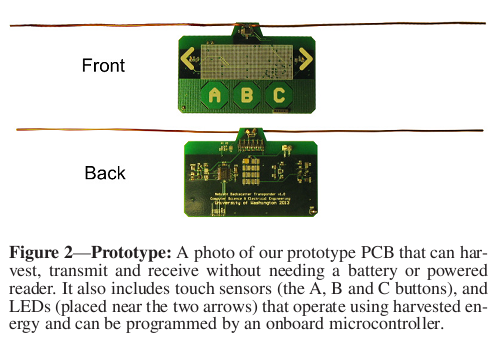Paper Reading
2014-11-05
The day before yesterday, my classmate Zhang Qingyu told me that it’s best to use Wi-Fi and turn off the 3G network when Wi-Fi is available, which can save a lot of power. Does 3G really consume more power than Wi-Fi? I looked up the literature and found that it is indeed the case. When the data to be transmitted is less, the difference in power consumption can be as much as 10 times.
 Blue line: 3G power consumption; Green line: wifi power consumption; Purple line: power consumption considering wifi scanning and establishing connection (Source: TailEnder)
Blue line: 3G power consumption; Green line: wifi power consumption; Purple line: power consumption considering wifi scanning and establishing connection (Source: TailEnder)
The reasons are mainly two-fold:
- After the 3G network completes data transmission, it needs to maintain a high power state for a period of time;
- The transmission power of the 3G network is much greater than that of the Wi-Fi network.
2014-02-10
Bitcoin, after experiencing two drastic rises and falls in April and November last year, has become more than just a toy for IT guys, but a focus of debate among all sectors of society. However, most articles about the technical principles of Bitcoin are superficial. During the New Year’s chat with good friends, we raised these questions, hoping to understand after reading this article:
- How to verify a Bitcoin transaction to make it undeniable?
- How to avoid spending a Bitcoin twice?
- If I alone have 10% of the network’s computing power, is it possible to rewrite history?
- Why do Bitcoin transactions have to wait for tens of minutes?
- How does Bitcoin ensure a limited quantity (21 million)?
- How to ensure exactly one Bitcoin is mined every 10 minutes?
- What does it mean to mine 0.1 Bitcoin at a time?
- Does a transaction of 10,000 Bitcoins require generating 10,000 transaction information?
- With such a large volume of Bitcoin transactions, how are transaction records transmitted and stored?
2013-10-01
A few days ago at a student gathering, someone raised a question: Why is it that many people can watch TV without lag, but watching live video on the internet lags? Television is broadcast (essentially the same as radio), while internet video is delivered via point-to-point IP networks. For each additional viewer, the server has to send an additional set of data.
So how exactly is internet video delivered to every household? I’ve stolen some popular science knowledge from the top academic conference in the communications field, SIGCOMM 2013, to share with everyone.
2013-08-02
Author’s note: Starting today, this blog will gradually roll out a series of articles, stepping into the upcoming top academic conference in the field of communication, SIGCOMM 2013, to see what Wireless & Networking researchers around the world are doing. Although these seemingly fancy designs may not work at all in a production environment, they at least point us in some possible directions.
Ambient Backscatter: Wireless Communication Out of Thin Air
Absorbing energy from space and using it as a power source, doesn’t that sound crazy? A research team from the University of Washington has created an RFID card that doesn’t need a power source, can draw energy from TV Towers available in every city to support sensors and microcontrollers, and reflect the energy of the TV Tower’s radio signals, enabling autonomous communication between two RFID cards no more than 50~75 cm apart, with a communication speed of up to 1kbps. To borrow an advertising phrase, it’s “We don’t produce signals, we’re just the porters of TV signals“.
